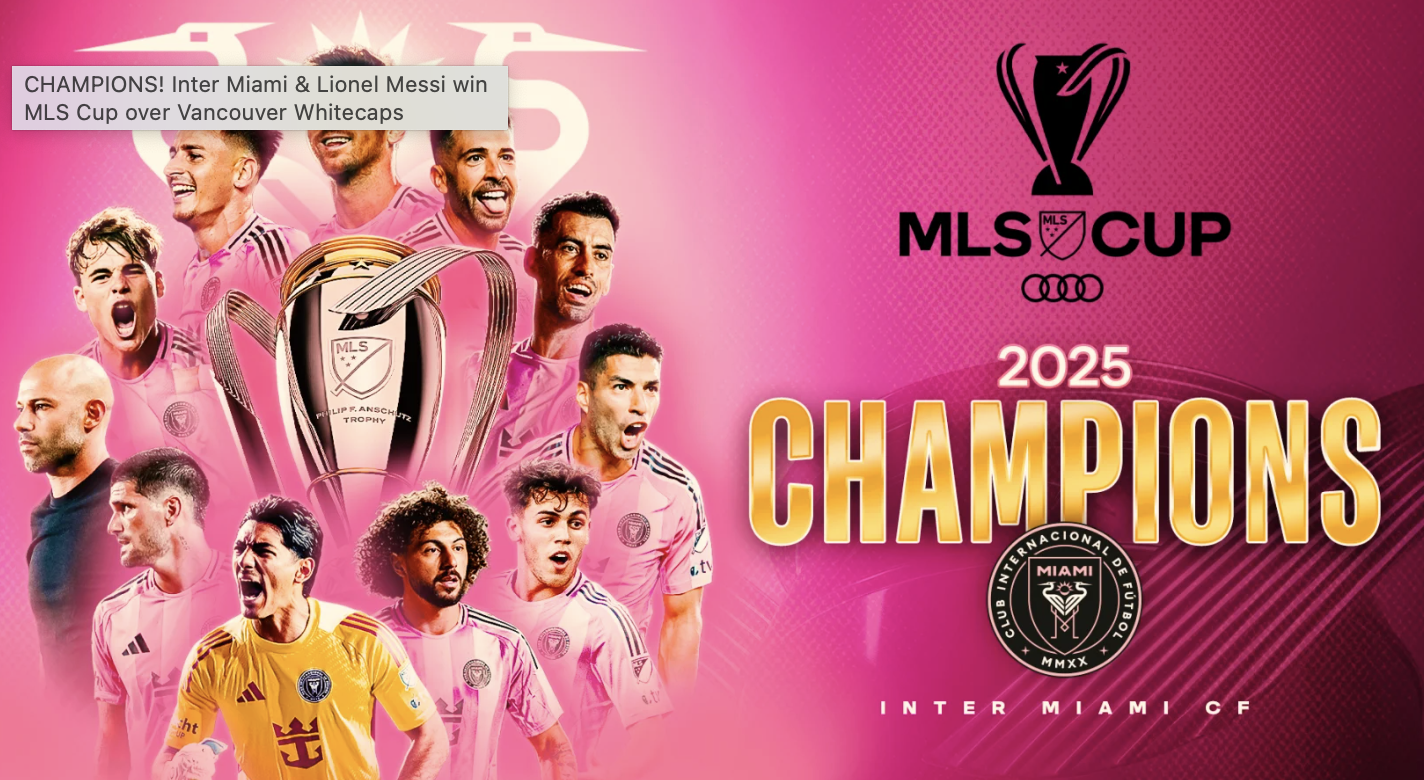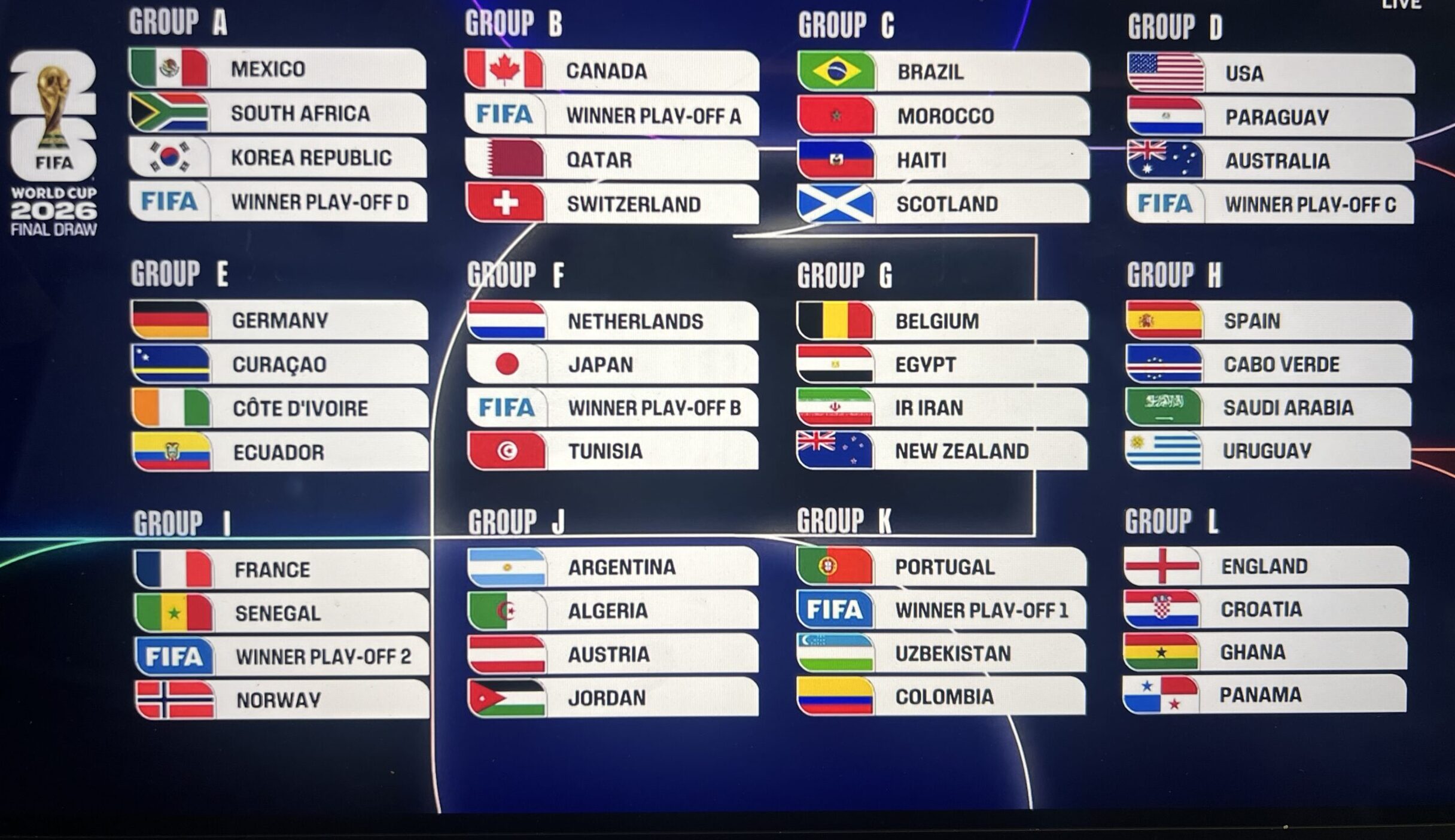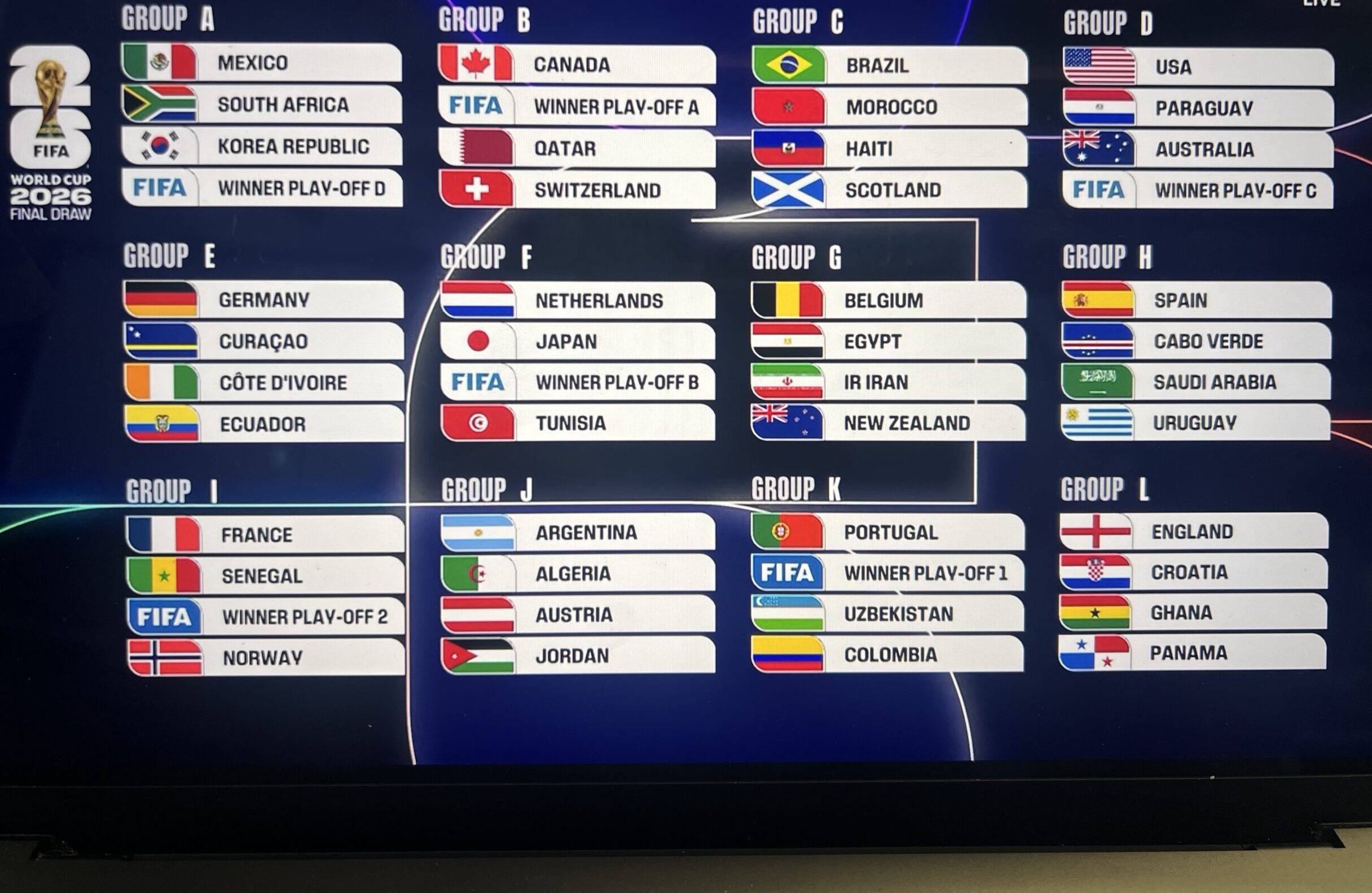Who’s Got Attendance on Lock-Down, and Who Draws like a Car Wash in a Rain Storm
By Jeff Kassouf
Attendance. That one word, displayed in the form of a number that everyone seems to be obsessed with. From owners looking to boost the number and turn a profit to fans and media calling for the demise of a team with low representation in the stands, the word is on the tip of everyone’s tongue in the sports world.
See the numbers:
Though an important figure in all sports, American soccer fans seem to live by this one number that shows up in the box score. Whether we like it or not, a large part of the measurement of success or failure of Major League Soccer will be how many people they can put in those seats.
So, let’s take a look at the numbers through early June so far. The 2007 season is stacking up fairly the same as previous seasons, with the average attendance hovering around 15,000. However, the noticeable absences of doubleheaders that usually boost attendance make this number encouraging.
For the first time in a while, these numbers are strictly MLS statistics. These aren’t 15,000 fans with split motives – some there to see an MLS game, some to see a doubleheader with some international teams – these people are truly there to see Major League Soccer, which is improving in quality each year.
Unfortunately, there are some noticeable stragglers in the attendance column in MLS. Through June 3, Kansas City and New York are the only two teams in the league with an average attendance below 10,000. New York is not only the biggest market in the country, but is playing some of the best soccer in the league. Yet, through their first five home games, they have managed a measly 9,765 people.
In comparison, the Montreal Impact of USL-1 had an average attendance of 11,373 through the same time period, and the Rochester Raging Rhinos managed 8,932 people. Montreal and Rochester have significantly smaller markets than New York. Both markets are smaller than Kansas City as well, and Rochester has less than one million people in the area.
What do these numbers tell us? Well, quite frankly, the support in New York and Kansas City is dreadful. Most can figure that out just by turning on their TV, but the numbers produced by some USL-1 teams add to the discussion.
There is hope for these teams and their fans. New York will open its stadium in a year’s time (cross your fingers), and Kansas City has been working on a deal to get out of Arrowhead Stadium for a while now.
However, the fact is that attendance is still poor. What exactly is the excuse for the biggest market in the country to have the second worst attendance in the league? Just a few hundred miles up the New York State Thruway the smaller city of Rochester is drawing about a thousand less people than the Red Bulls.
North of the border, Montreal is selling out the Claude-Robillard Sports Complex, and recently broke ground on a brand new stadium that will only further expand their fan base. With expansion side Toronto FC selling out practically every game and second in the league in attendance, it is baffling that Montreal was not even on Commissioner Don Garber’s shortlist of possible expansion sides. Vancouver was on the list, and is also historically well supported, but Montreal should at least be given a look with their new stadium.
Also of note are the stragglers of USL-1, which are sadly two of the newest teams in the league. First year team California Victory are barely averaging 1,000 people in Kezar Stadium in San Francisco, and Miami FC is drawing a dismal 625 people through June 3. That is right: 625 people.
If that number is not a red flag for MLS, then nothing is. With all the cries to bring a Major League Soccer team back to Florida – presumably Miami or Tampa – Miami FC is drawing in the hundreds, not thousands. Just for comparisons sake, Mississippi Brilla FC out of Jackson, MS is currently drawing 952 people, and they play in the Premier Developmental League, a fourth-tier division composed mainly of college players.
By the numbers, it seems that professional soccer just does not work in Florida, for whatever reason. Major League Soccer needs to look at more viable markets, which it is doing with the likes of Portland, Seattle, Las Vegas, Philadelphia, and Vancouver.
What it does not need to do is snub possible markets or look to expand in the wrong areas. There is obviously a money issue involved as well, but Rochester and Montreal have proven that they can support teams not just this year, but also in years past and they already have the essential ingredient of a soccer specific stadium in place.
Maybe the league is looking for bigger and better things than a small market like Rochester, but there needs to be some evaluating done. There are whispers that a second New York team – possibly linked to Major League Baseball’s New York Mets – could come into play in the coming years.
It is amazing that a market that can barely support one team is getting a look for a second, when upstate a smaller market has shown that it can do its part in attracting attention. After all, Montreal and Rochester are drawing well essentially as “minor league” teams, as most Americans would classify the league. Any minor league team drawing around 10,000 people regularly should at least get a few phone calls from their superiors. So really that question is: Where are you Mr. Garber?
Jeff Kassouf is a staff writer for The New Paltz Times and a freelance writer who covers soccer, and can be reached at: jeffkassouf@yahoo.com
Below is a complete breakdown of attendance for all MLS and USL-1 teams through June 3, 2007. See for yourself how things breakdown, and who is tapping into their market the most. Kudos to Toronto FC and the Los Angeles Galaxy along with many USL teams who are drawing well for generally small markets. For the sake of argument, let’s forget the whole “paid admission” controversy. Only the team owners know those true numbers. Hopefully the success continues.















